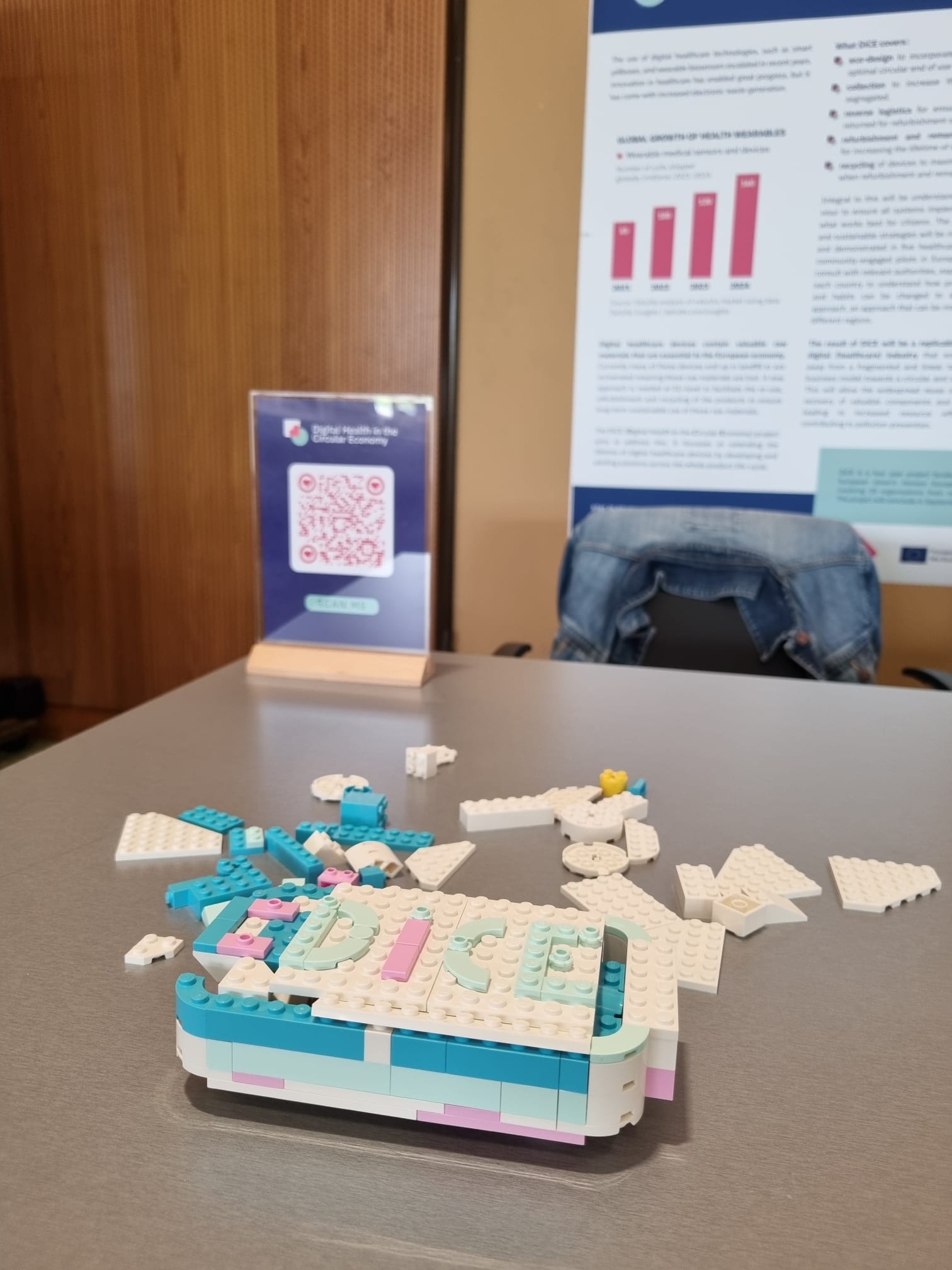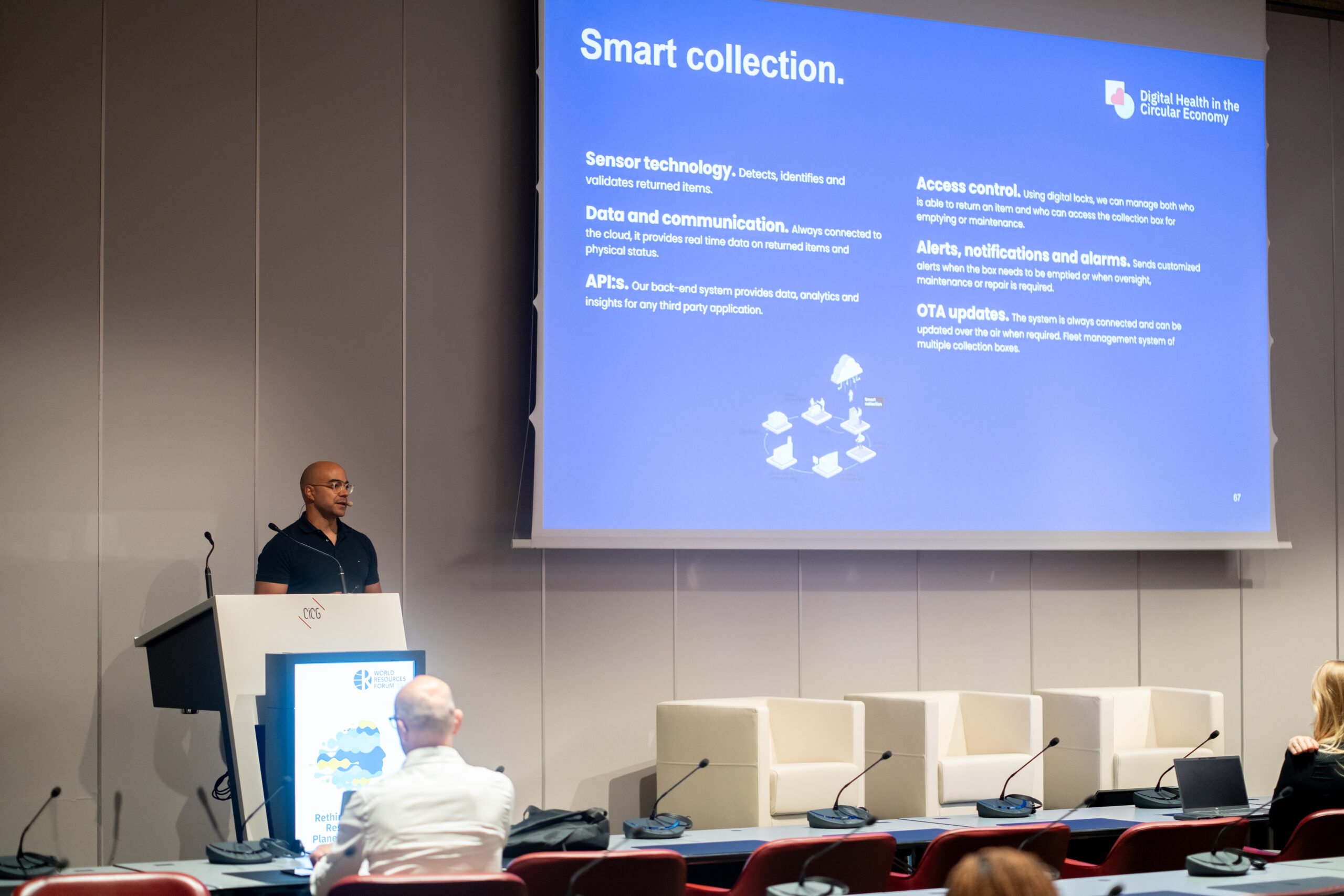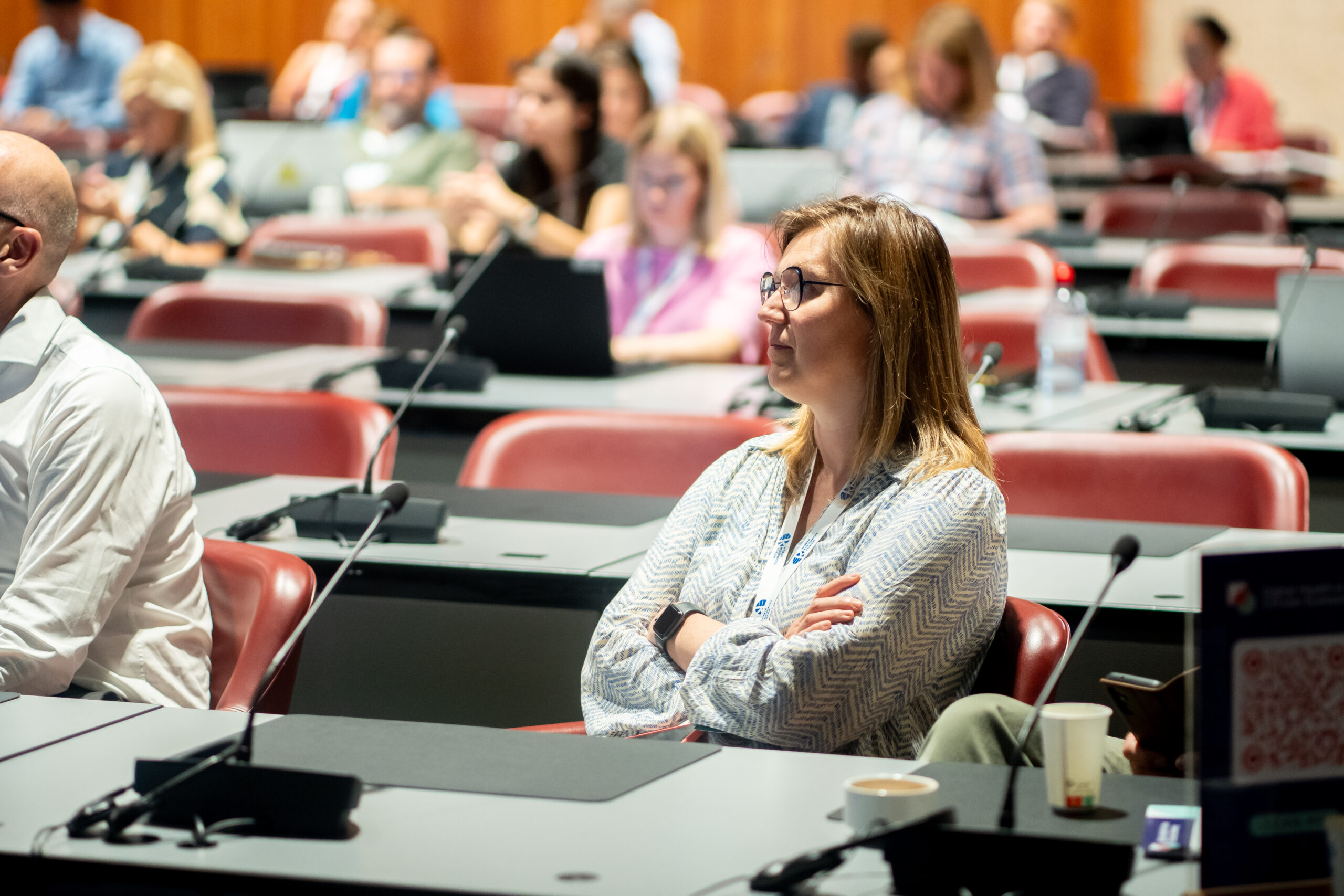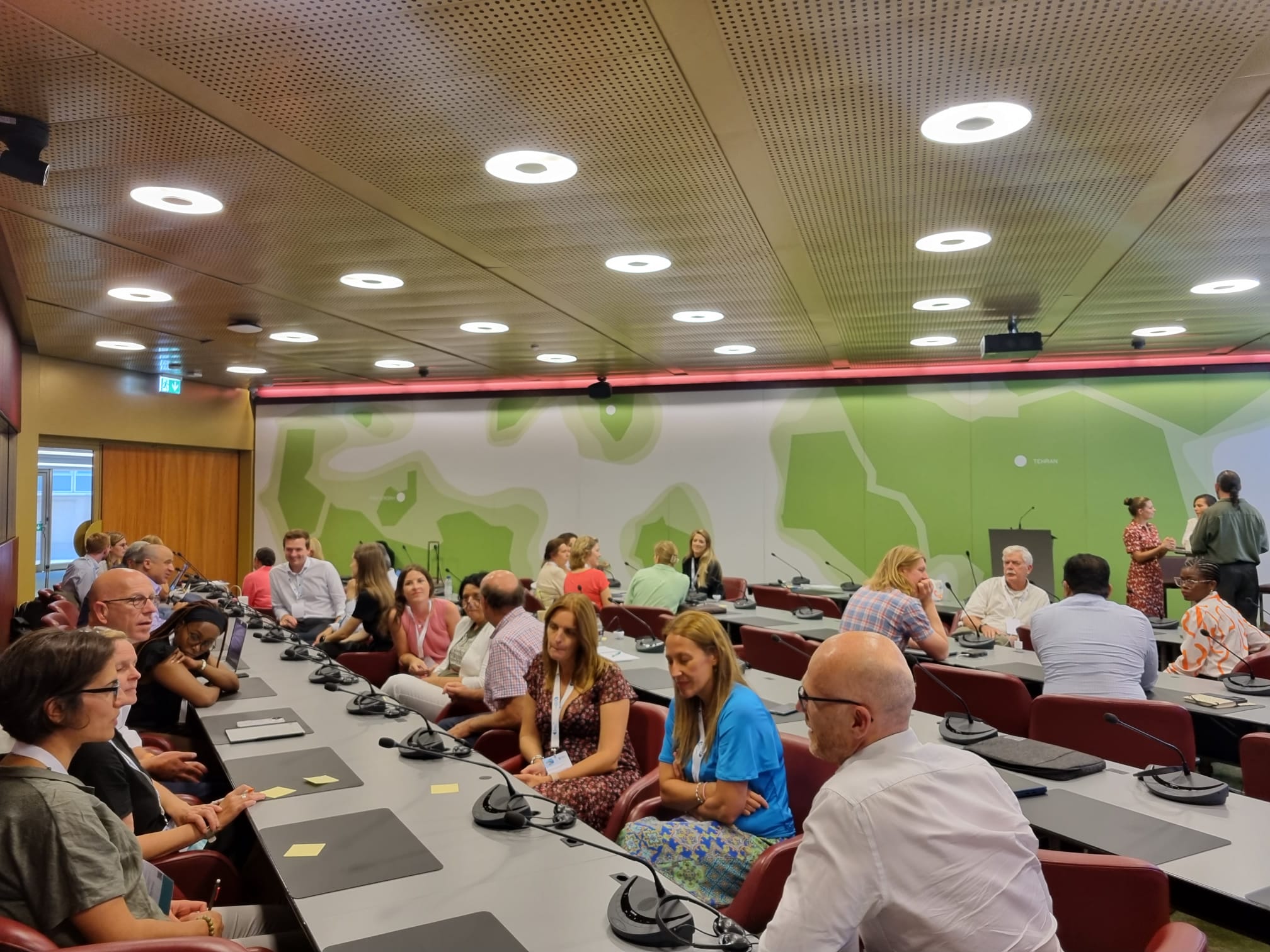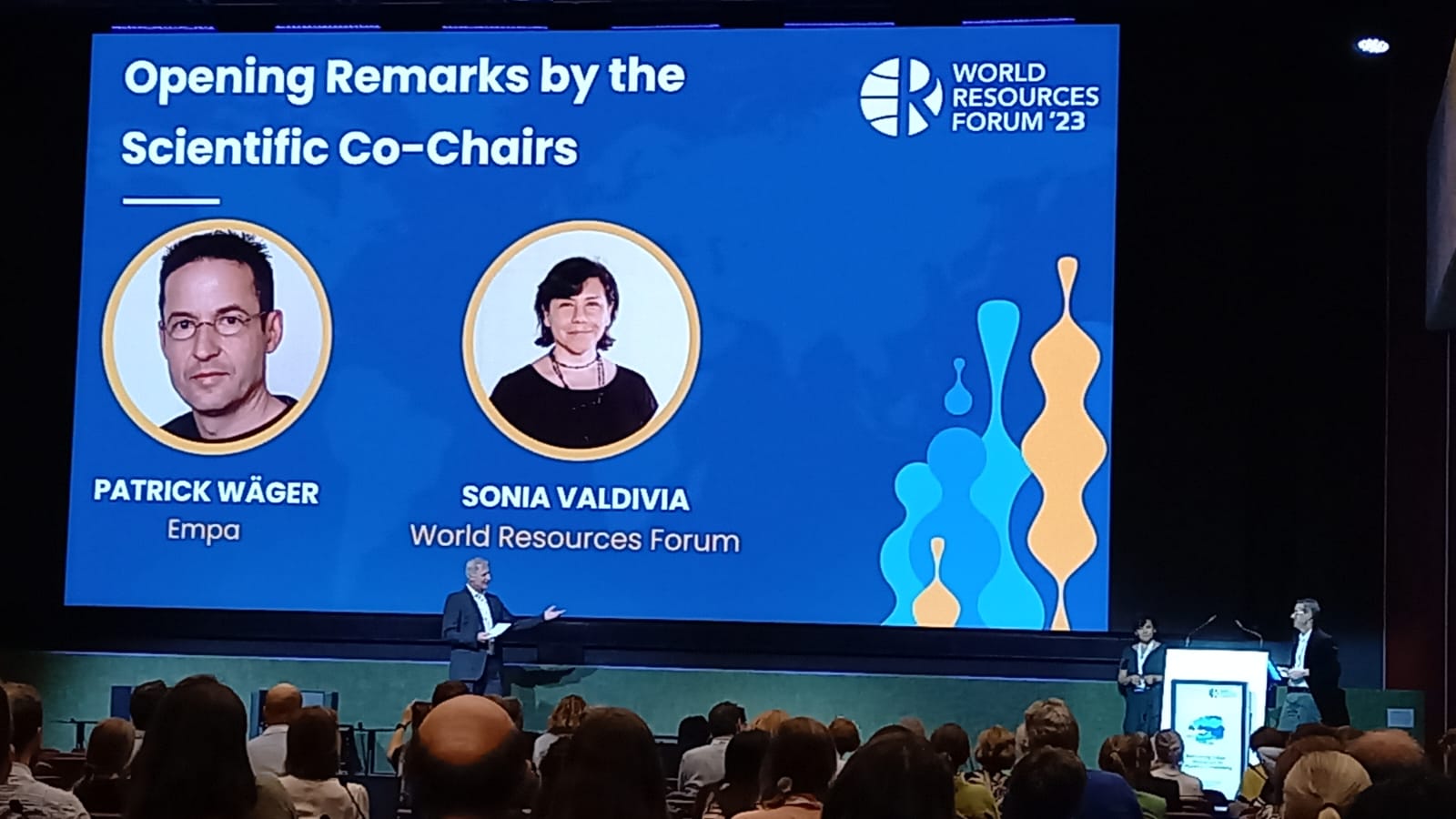Upon invitation of World Resources Forum, DiCE partners headed to Geneva for their second presential consortium meeting and live workshops in the first week of September.
During the two-day long meeting, participants received a comprehensive update of all work packages and discussed how to advance the project in the upcoming year. Let’s see what they touched upon:
Circular design
- How to optimise (product) for circularity without compromising function and cost?
- What circular recovery flow or design direction if most effective and why?
- Life cycle and circularity assessment
- Industry best practices
Technology and processes for waste management, reverse logistics, refurbishment and recycling
- Development of sensor-based collection boxes
- Reverse logistics pilot: collection and sorting options
Citizen engagement and influencing consumer behaviour
- Results of sustain-a-thons (BE, ES, SI), design sprints, and co-creation sessions
- Identification of ideal locations for collection boxes
- Ideal nudging strategies for the optimisation of reverse logistics
Performance assessment, monitoring, and demonstration of transition
- Mapping value chain models for each of the DiCE solutions: circularity-, social sustainability-, environmental sustainability assessments
- Benchmarks
Exploitation, business models, policy recommendations
- Newly identified regulations and policies
- In depth literature review






While catching up on results and planning next steps, partners interchangeably held the fort at the project’s interactive stand at WRF’23. Visitors were presented with a medical device built from LEGO® and were asked to not only disassemble the build and extract the printed circuit board alongside the battery as fast as feasible but come up with a better design. This animated exercise attracted many attendees and creatively represented the importance of circular design and cooperation, core elements of DiCE.
Intrigued by this challenge, contesters were invited to two workshops held on the same day. One unveiled the results of previous Sustain-a-thons including cultural and behavioural differences between Belgium, Spain, and Slovenia. It equally deep-dived into the values motivating citizens to return items for refurbishment or recycling and how they could be further incentivised. While the early afternoon session shed light on the intertwined circular recovery flows of digital health devices. Attendees were grouped together and encouraged to ponder over two questions:
- How to balance economic viability in a circular economy?
- How might we overcome perceived safety and regulatory risk for circular health devices?
The meetings were a perfect occasion not only to meet partners in person, but also to benefit from the expertise of the Advisory Board and to cross check our ideas and plans with the external stakeholders largely present at the conference in Geneva.


